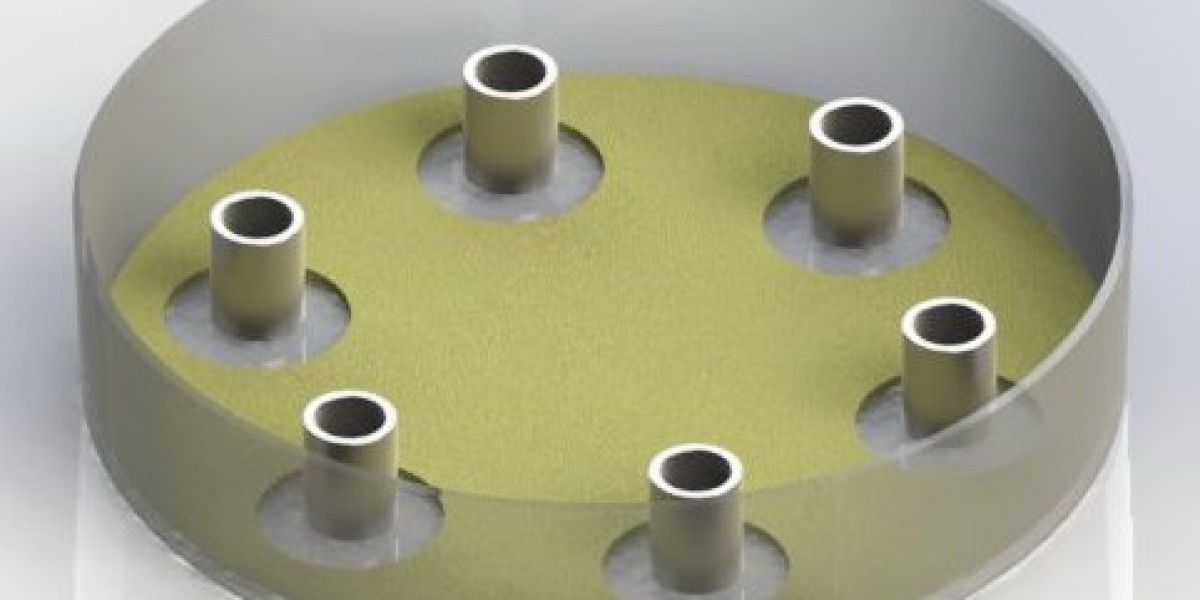What is Antibiotic Potency Test?
A microbiological potency assay measures the bioactivity or potency of an antibiotic by the degree of growth repression on susceptible microorganisms at different concentrations. All antibiotic products must go through potency testing prior to market release.
Both the EP and the USP require testing of antibiotic potency using microbiological assays for some products. Compared with measuring the potency of an antibiotic chemically, assessing the potency of an antibiotic microbiologically verify the ability of the antibiotic to destroy the selected organisms and the concentration at which the antibiotic will work effectively. And one major advantage of microbiological potency testing is that it can measure the effectiveness of the antibiotic directly on a living microorganism.
Testing Methods
Typically, antibiotic products have their potency determined by comparison with a standard substance or a biological reference substance. Such potency is expressed as the ratio of the dose that inhibits the growth of a sensitive microorganism, relative to the standard substance dose that produces similar inhibition. In the pharmacopeia, there are two methods defined to perform a microbiological potency assay: the Diffusion (Cylinder Plate) Method and the Turbidimetric Method.
- Diffusion (Cylinder-Plate) method
The Diffusion (Cylinder-Plate) method is constructed on the diffusion of the antibiotic throughout solid culture media. A metal cylinder or paper disk containing the antibiotic is placed on an agar media with a target microorganism. This test can be performed at multi-levels of concentrations to determine the minimum effective concentration. After incubation, the growth of the target organism is measured, the growth of the target organism will be inhibited by an antibiotic.
- Turbidimetric Method
The turbidimetric method is constructed upon the effectiveness of the antibiotic to inhibit the growth of a target microorganism. Adding a series known concentrations of antibiotics into a liquid culture media which contains a target microorganism. Subsequently, incubating and measuring the turbidity of the mixture solution by spectrophotometric method. The turbidity of the solution positively correlates with microbial growth and therefore, it's a measure of the effectiveness of the antibiotic.
STEMart offers Antibiotic Potency Tests following the Antibiotics-Microbial Assays in USP General Chapter 81. Our scientific and reliable testing with strict control can provide you with a high level of confidence in the testing results. If you have additional questions about Antibiotic Potency Tests or would like to find out more about our services, please feel free to contact us.
Reference
"Pharmaceutical Microbiology Manual", FDA, 2014.



